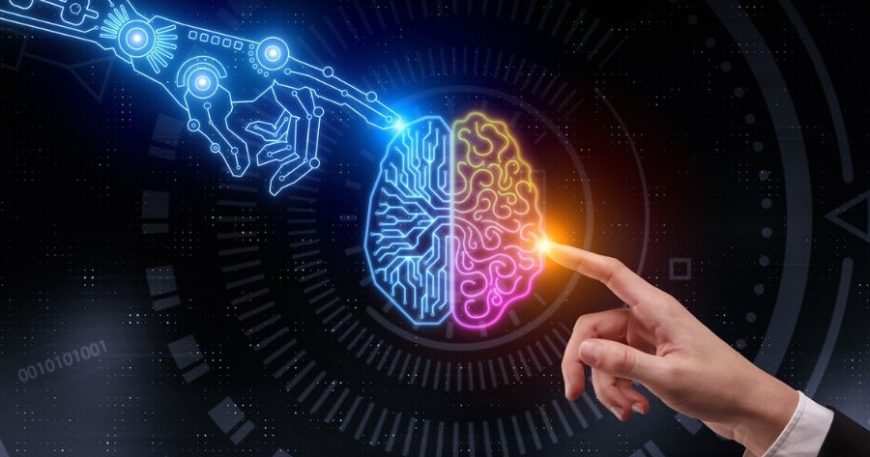In the realm of technology, few innovations have captured the imagination and potential for transformation quite like Machine Learning (ML). This subset of Artificial Intelligence (AI) is reshaping industries, driving innovation, and propelling us into a future where intelligent automation is more than just a possibility – it’s a reality. In this article, we’ll embark on a journey into the fascinating world of Machine Learning, exploring its intricacies, applications, and the profound impact it’s having on our lives.
The Essence of Machine Learning:
At its core, Machine Learning involves the development of algorithms that allow computers to learn from data. It’s an evolutionary leap from traditional programming, where machines can identify patterns, make predictions, and improve their performance over time without explicit programming.
1. Types of Machine Learning:
There are several types of ML, each with its unique approach:
Supervised Learning: Algorithms are trained on labeled data to make predictions or classifications.
Unsupervised Learning: Algorithms uncover hidden patterns within data without predefined labels.
Reinforcement Learning: Machines learn by interacting with an environment, receiving feedback in the form of rewards or penalties.
Deep Learning: A subset of ML involving complex neural networks, ideal for tasks like image and speech recognition.
2. Practical Applications:
Machine Learning’s versatility is evident in its applications across various domains:
Healthcare: ML assists in diagnosis, drug discovery, and patient outcomes prediction.
Finance: ML powers fraud detection, credit scoring, and algorithmic trading.
Retail: Personalized recommendations, demand forecasting, and inventory management.
Marketing: Customer segmentation, sentiment analysis, and targeted advertising.
Manufacturing: Predictive maintenance, quality control, and process optimization.
Transportation: Autonomous vehicles, route optimization, and traffic prediction.
3. Data, the Fuel for ML:
Machine Learning thrives on data. The quality and quantity of data determine the accuracy and effectiveness of ML models. Large datasets, known as “big data,” are instrumental in training models to recognize intricate patterns.
4. Learning and Iteration:
ML models learn by processing data, adjusting parameters, and iteratively refining their performance. This iterative process enables machines to improve their accuracy and make more informed decisions.
5. The Ethical Dimension:
With great power comes great responsibility. As ML becomes more pervasive, ethical considerations like data privacy, bias mitigation, and transparency are critical to ensure its responsible and fair use.
6. Future Prospects:
Machine Learning’s journey is far from over. As technology advances, its applications will continue to expand, leading to innovations that we can scarcely imagine today.
Conclusion:
Machine Learning is more than just a buzzword; it’s the driving force behind intelligent automation that’s shaping the future. As we stand at the intersection of human ingenuity and technological innovation, we’re witnessing the birth of a new era—one where machines augment human capabilities, enriching our lives and propelling society forward. As we continue to explore the frontiers of Machine Learning, we’re bound to uncover solutions to challenges we never thought possible, unlocking a world where the unimaginable becomes reality.”






